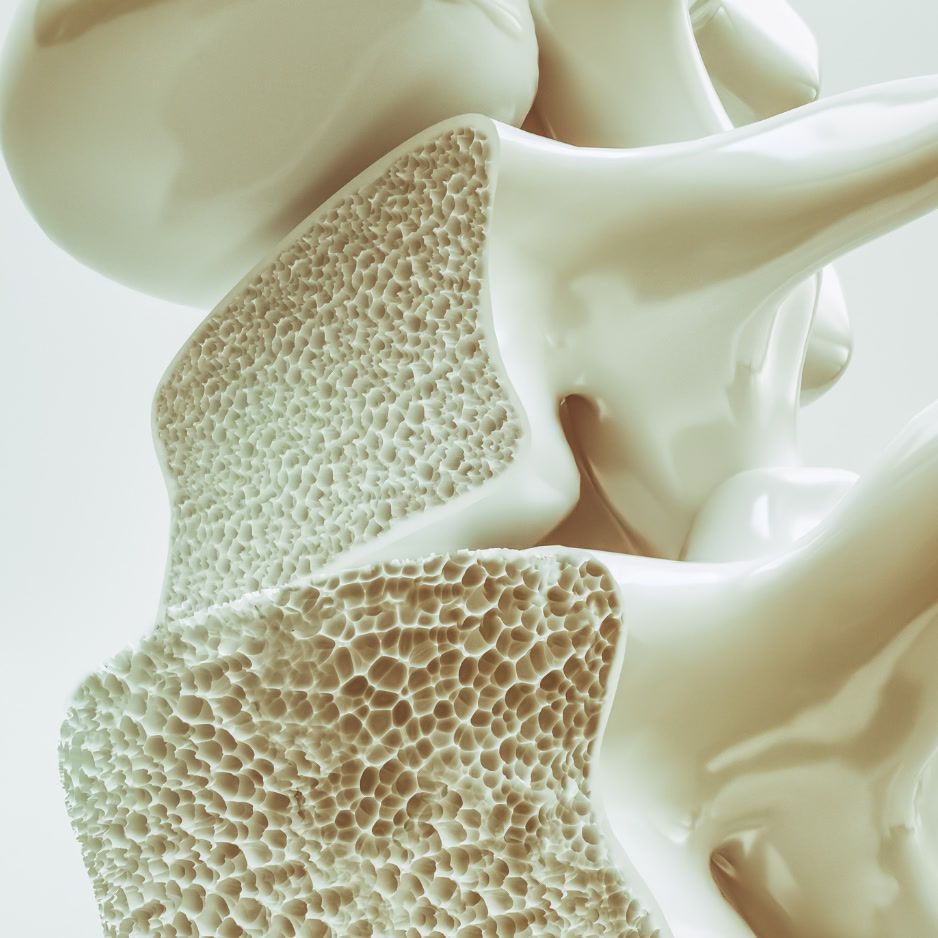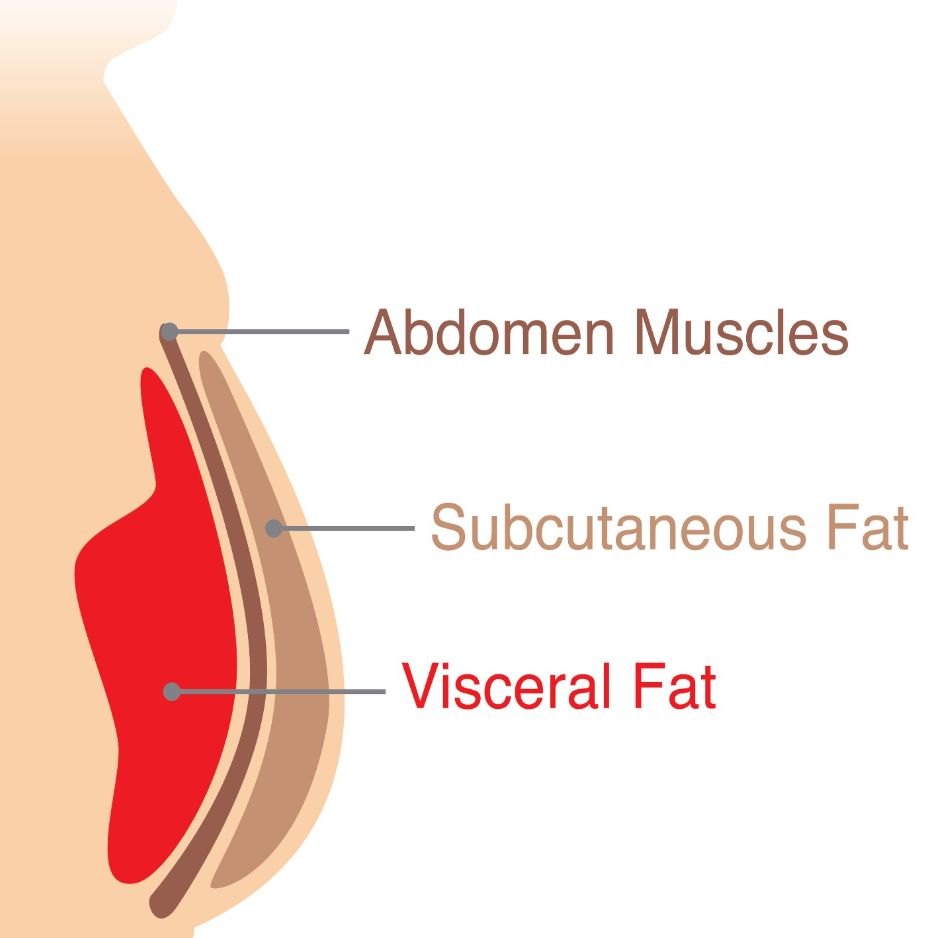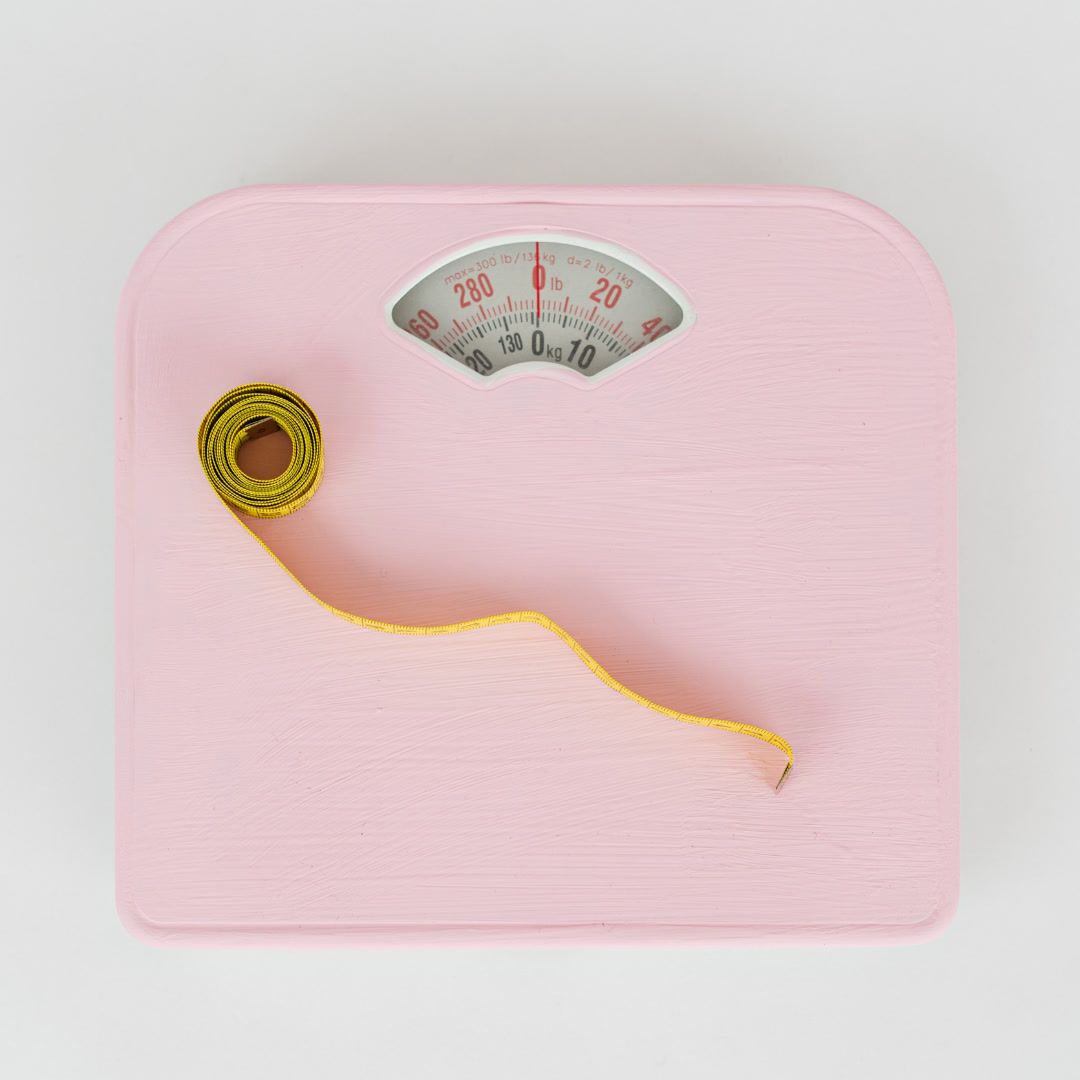How to Fall Asleep Fast: 15 Science-Backed Techniques
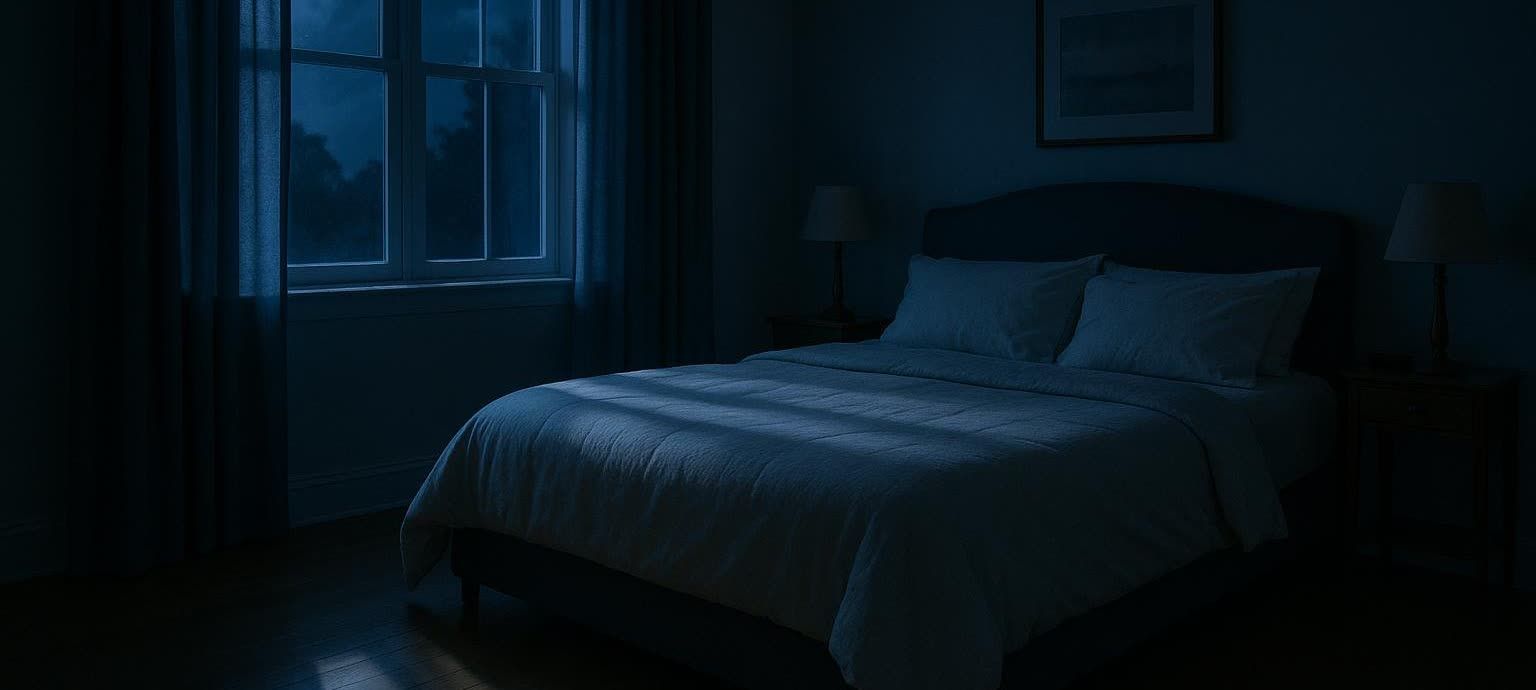
How to Fall Asleep Fast: 15 Science-Backed Techniques
If you’re staring at the ceiling, your goal isn’t “perfect sleep hygiene.” It’s simple: fall asleep fast. This guide gives you practical, science-backed methods you can try in minutes, plus what to do if quick fixes aren’t working.
Most healthy people doze off within 15–20 minutes of lying down—this “sleep latency” range is normal and not a failure (Sleep Foundation). If you’re regularly outside that window, the techniques below can help—and there are clear next steps if they don’t.
Quick start: 5 fast techniques (under 5 minutes each)
- 4-7-8 breathing (60–90 seconds): Inhale 4, hold 7, exhale 8, repeat 4 cycles.
- Mini progressive muscle relaxation (2 minutes): Tense then relax your forehead, jaw, shoulders, belly, and calves for 5 seconds each.
- Paradoxical intention (2 minutes): Gently try to stay awake with soft eyes while lying in bed.
- Imagery distraction (2 minutes): Occupy your mind by vividly imagining a neutral scene (e.g., folding warm towels on a beach) to push out intrusive thoughts.
- Military method (~2 minutes): Relax your body from head to toe, then visualize a calm scene. (Note: The “2-minute” sleep claim isn’t clinically proven.)
Step-by-step: How to use each method
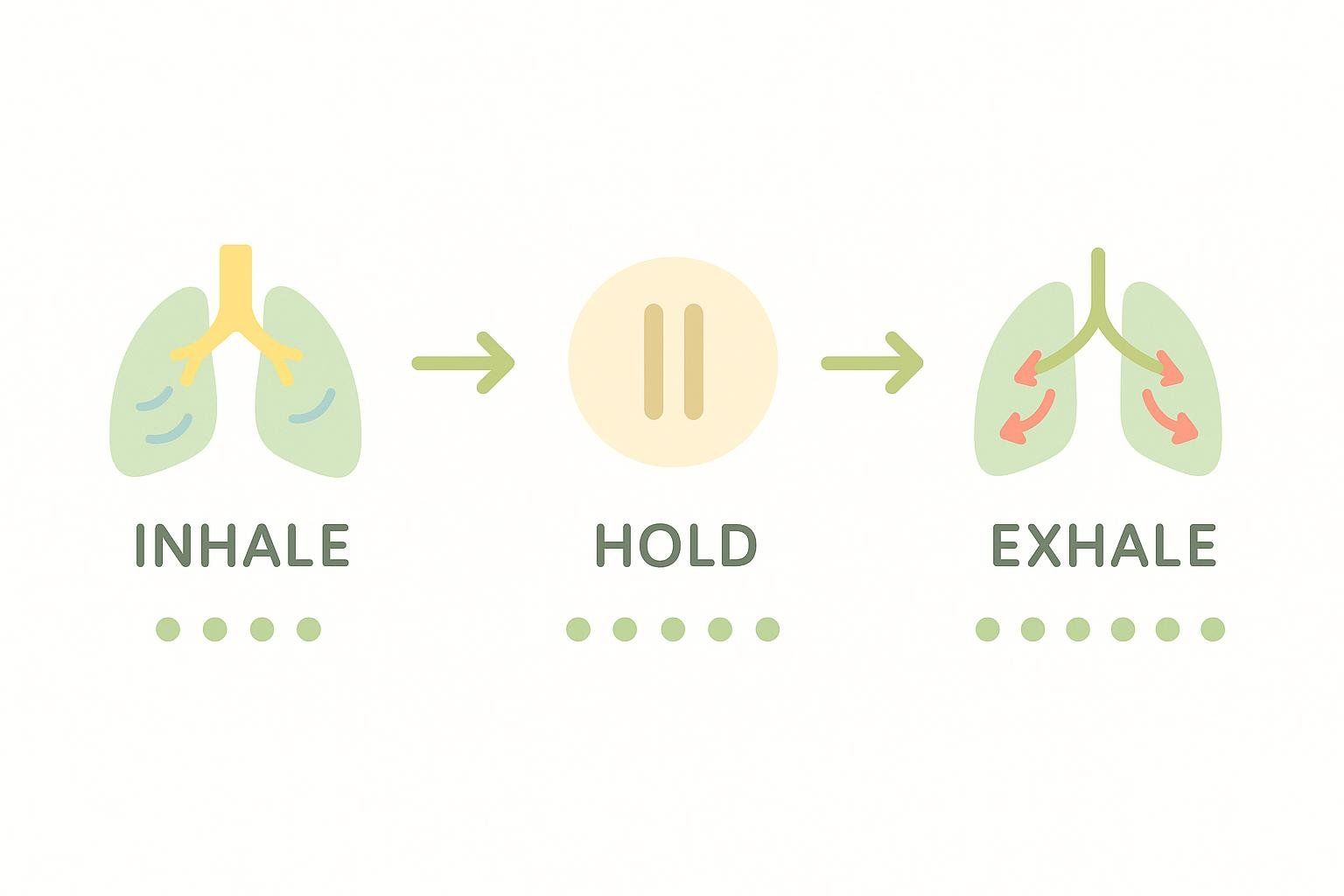
1) 4-7-8 breathing (guided)
Try four rounds: inhale quietly 4 seconds, hold 7, exhale 8 with a soft “whoosh.” If the counts feel long, shorten proportionally (e.g., 3-5-6).
Why it works:
- Slow, rhythmic breathing around 0.1 Hz (≈6 breaths/min) boosts vagal tone and calms the nervous system (2019 scientific review on slow-breathing for insomnia).
- Reduced sympathetic arousal can shorten sleep onset latency in people with insomnia (2019 scientific review on slow-breathing for insomnia).
You can pair it with light body scanning—on each exhale, release tension in one body area.
2) Progressive Muscle Relaxation (PMR)
Start at your face and move down: for each area, gently tense for ~5 seconds, then fully release for 10 seconds. Areas: forehead/eyes, jaw, shoulders, hands/forearms, chest, belly, glutes, thighs, calves, feet.
Why it works:
- Structured relaxation decreases muscle tension and cognitive arousal.
- Included in CBT-I toolkits; conditionally supported as a stand-alone in some cases (AASM clinical guideline; AAFP summary).
3) Paradoxical intention (PI)
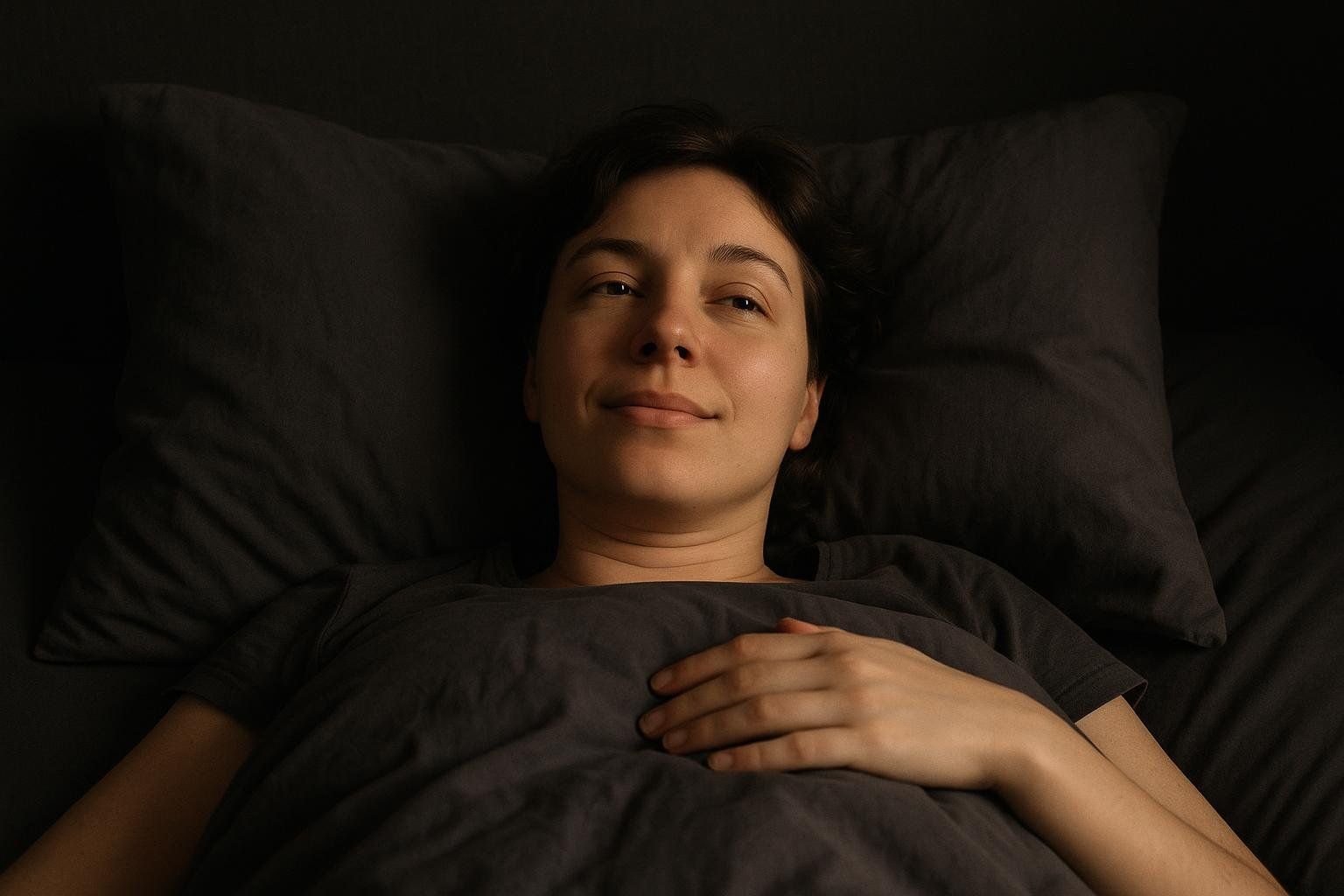
Instead of “trying to sleep,” gently aim to stay awake while relaxed. Keep lights low, breathe softly, and let drowsiness arrive without effort.
Why it works: For some, removing the pressure to perform reduces sleep-related anxiety. Evidence for its use as a solo therapy is limited compared to comprehensive CBT-I (BMJ Open mixed-methods protocol; AASM clinical guideline).
4) Imagery distraction (aka “cognitive shuffle”)
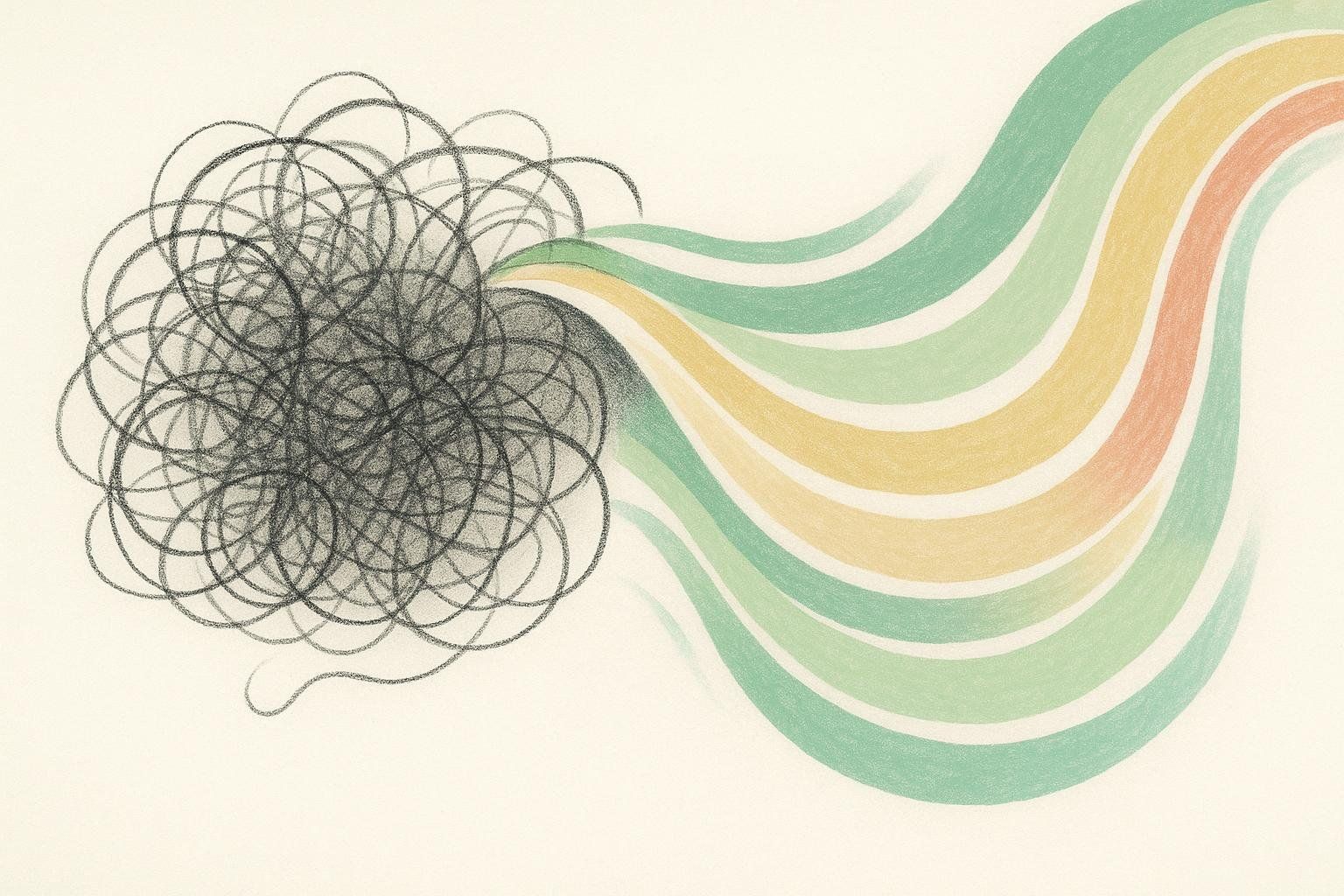
Paint a calm, sensory-rich scene in your mind—a slow walk through a quiet museum, sorting beach shells, or watching clouds drift. Keep attention on sights, sounds, textures.
Why it works: Occupying working memory with non-threatening imagery leaves less room for rumination and performance anxiety (Cleveland Clinic).
5) The “military method” (use it as a relaxation sequence)
- Relax your face (forehead, eyelids, jaw, tongue)
- Drop your shoulders; relax upper arms, forearms, hands
- Soften chest and belly
- Relax thighs, calves, feet
- Visualize a calm scene for 10 seconds
Note: It draws on validated relaxation techniques, but the oft-quoted “fall asleep in two minutes” success rate lacks rigorous clinical evidence (Cleveland Clinic). Treat it as a helpful relaxation routine, not a stopwatch challenge.
Rapid environment and routine tweaks that matter tonight
- Dim screens and bright lights 2–3 hours before bed. Blue wavelengths suppress melatonin more than other colors and shift circadian timing, making it harder to fall asleep (Harvard Health; PNAS e-reader study). Try warm-tone lighting in the evening and steer devices to “night” modes. See our guide on blue light and sleep.
- Caffeine cutoff: at least 6–8 hours before bed. In a controlled trial, 400 mg of caffeine taken even 6 hours before bedtime reduced total sleep by over an hour and prolonged sleep latency; many people don’t perceive the impact subjectively (Journal of Clinical Sleep Medicine trial). Caffeine’s half-life ranges from about 2 to 12 hours depending on factors like genetics and liver function (Sleep Foundation overview).
- Keep it cool, dark, and quiet. A calm sleep setting makes all of the above techniques more effective.
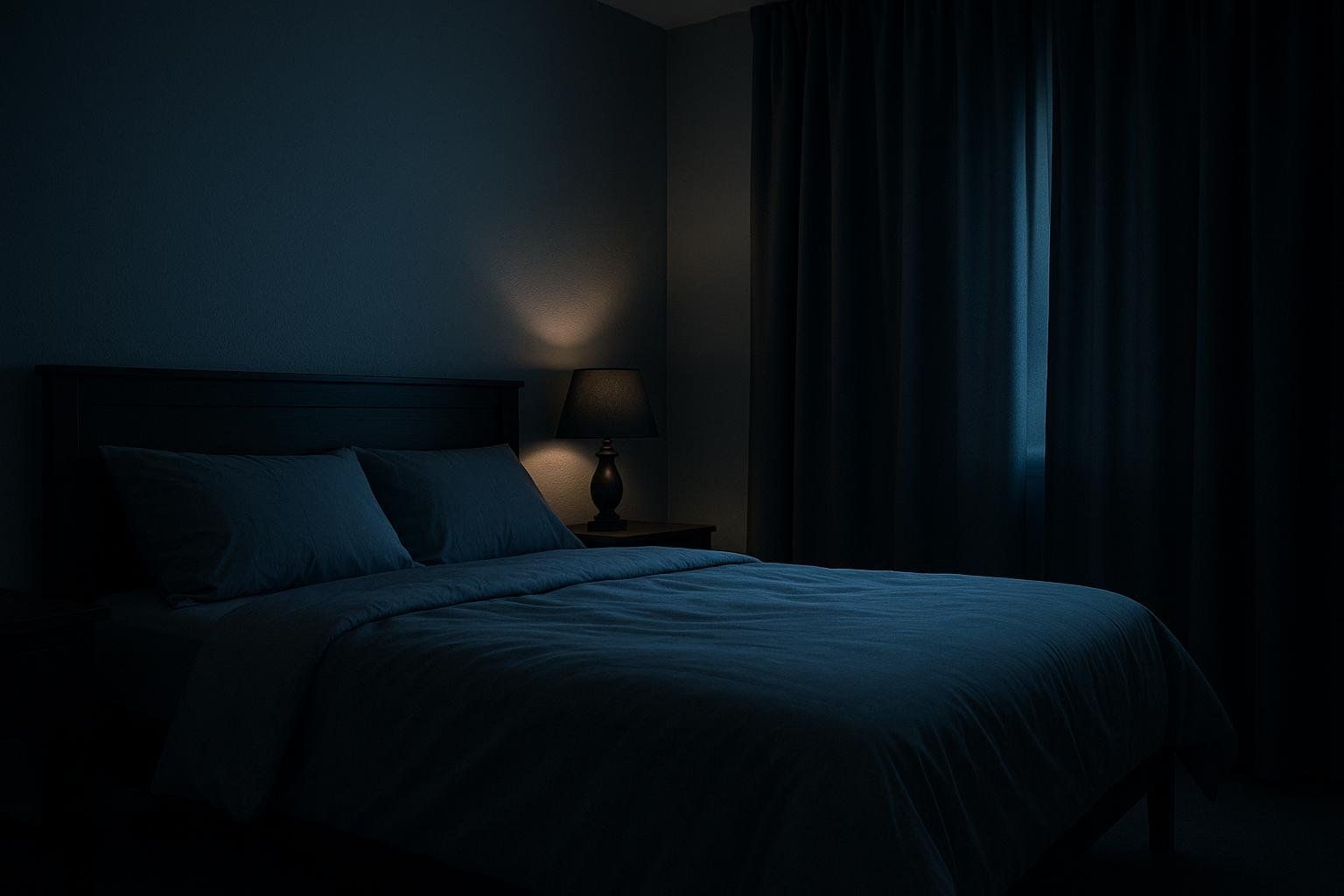
Food and supplements with some evidence (use thoughtfully)
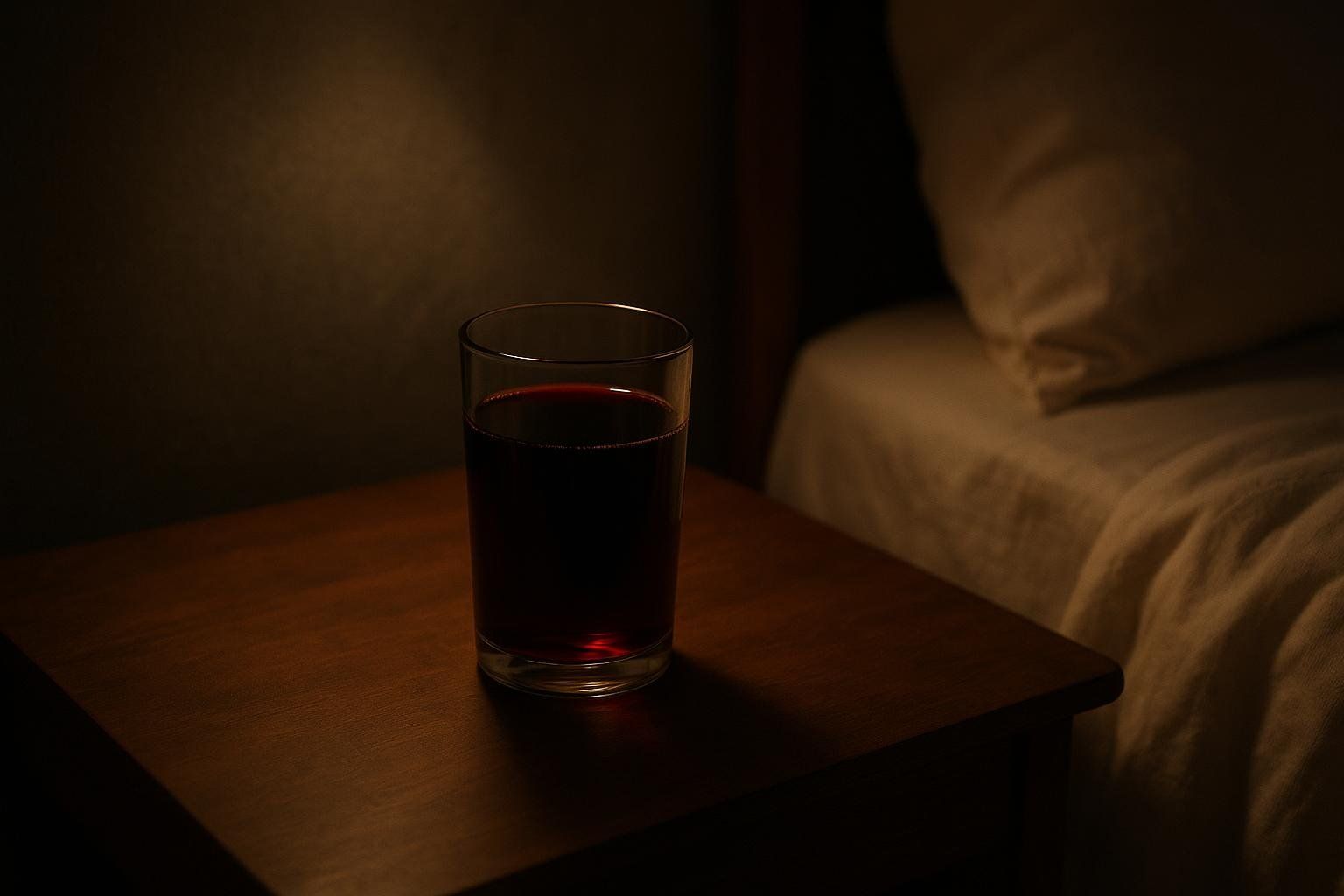
- Tart cherry juice: Small crossover trials in older adults with insomnia reported increased total sleep time (≈84 minutes via polysomnography) and modest improvements in efficiency, possibly via effects on tryptophan metabolism and inflammation (polysomnography crossover trial in older adults; pilot crossover trial in older adults). Effects are not immediate and evidence is preliminary.
- Magnesium: In older adults with primary insomnia, 500 mg/day for 8 weeks improved subjective insomnia scores, sleep efficiency, and sleep onset latency, and altered melatonin and cortisol levels (randomized, placebo-controlled trial in older adults). Evidence is mixed overall and populations differ; consult your clinician, especially if you have kidney issues or take medications that interact with magnesium.
- Melatonin: Best for shifting circadian timing (e.g., delayed sleep phase or jet lag) rather than as a general sedative. A sleep medicine specialist can help with dose and timing (Cleveland Clinic).
Important: Supplements can interact with medications and aren’t universally helpful. If you’re pregnant, nursing, or have chronic conditions, consult your clinician first.
If you can’t fall asleep in 20–30 minutes, do this
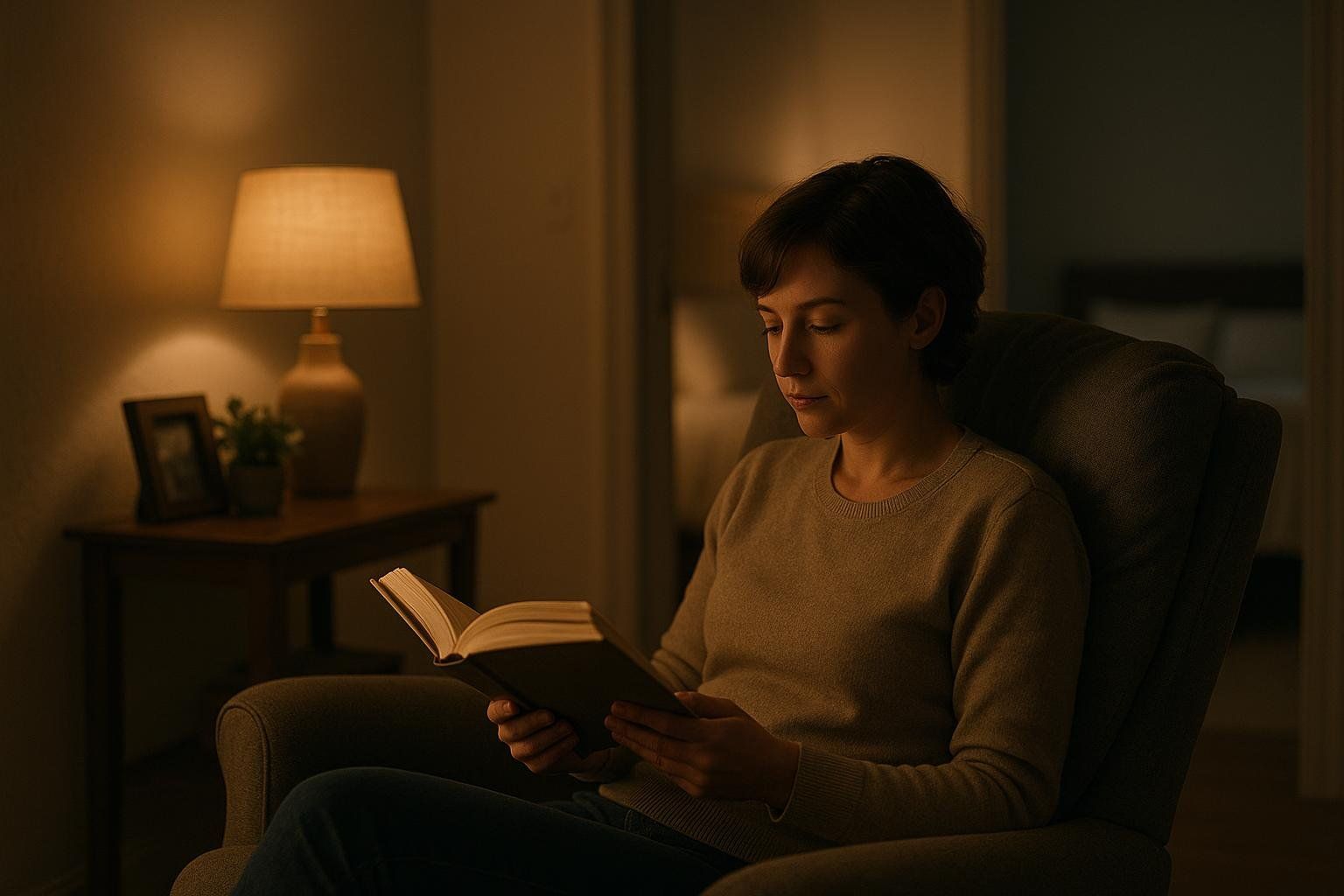
Follow stimulus-control rules: Get out of bed and do a low-light, calming activity (stretching, reading a physical book) until sleepy, then return to bed. This breaks the brain’s association between bed and wakefulness and is a core pillar of CBT-I (AAFP summary of AASM guideline).
The gold standard when quick fixes aren’t enough
If trouble falling asleep happens at least three nights per week and affects your days, ask your clinician about Cognitive Behavioral Therapy for Insomnia (CBT-I). Multicomponent CBT-I is strongly recommended by the American Academy of Sleep Medicine and outperforms medications on long-term outcomes, improving sleep latency, efficiency, and total sleep time with durable benefits (AASM clinical guideline).
CBT-I components often include:
- Stimulus control (go to bed only when sleepy, get up if awake >20 min)
- Sleep restriction (temporarily limiting time in bed to consolidate sleep)
- Relaxation training (PMR, breathing, mindfulness)
Sleep hygiene alone isn’t considered an effective stand-alone treatment for chronic insomnia, though it’s useful as part of CBT-I (AASM clinical guideline; AAFP summary).
Comparison guide: fast methods at a glance
| Method | What it targets | Best for | Evidence snapshot | Time to try |
|---|---|---|---|---|
| 4-7-8 / slow breathing | Hyperarousal, high heart rate | Racing mind, stress | Emerging support for improving sleep onset (2019 review on slow-breathing) | 1–3 minutes |
| Progressive Muscle Relaxation | Muscle tension, somatic arousal | Body tension, jaw/shoulder tightness | Conditionally supported within CBT-I (AASM guideline) | 2–5 minutes |
| Paradoxical Intention | Sleep performance anxiety | “Trying too hard” to sleep | Limited evidence vs. full CBT-I (BMJ Open protocol) | 2–5 minutes |
| Imagery distraction | Rumination, intrusive thoughts | Overthinking | Expert-recommended for reducing rumination (Cleveland Clinic) | 2–5 minutes |
| “Military method” | Whole-body relaxation + imagery | You like structured routines | No proof of “2-minute” claim (Cleveland Clinic) | 2–3 minutes |
FAQs
- How fast should I fall asleep? Most people doze off within 15–20 minutes; faster isn’t always better and can signal sleep debt (Sleep Foundation).
- Is napping hurting my nights? Late or long naps can lengthen sleep latency. If you nap, keep it early and short (≤20–30 minutes).
- Should I exercise at night? Regular exercise supports better sleep, but vigorous late-evening workouts can keep some people wired; finish hard sessions 1–2 hours before bed (Cleveland Clinic).
- When should I get help? If quick techniques aren’t helping after a few weeks—or if you have loud snoring, choking at night, or severe daytime sleepiness—consult a clinician. Sleep apnea and other conditions are common and treatable.
Bring it all together tonight
- Pick one relaxation technique (4-7-8 or PMR) and practice for 2–3 minutes in dim light.
- Set a caffeine cutoff 8 hours before bedtime and switch devices to warm light modes after dinner.
- If you’re still awake after ~20 minutes, step out of bed and read a few pages in low light. Return when sleepy.
